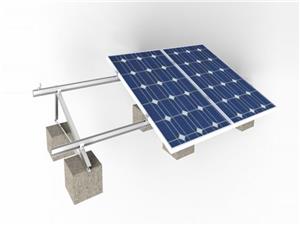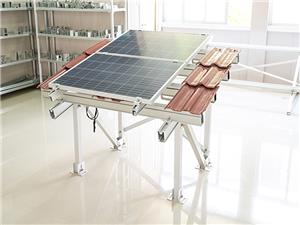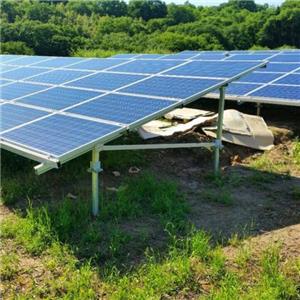How to choose the solar module mounting structures?
When you plan to install solar photovoltaic panel,you need to know what types of solar module mounting structures fit for you.
There are four basic types of mount structures: roof/ground, top-of-pole, side-of-pole and tracking mounts, each having their own pros and cons. For example roof mount structures typically keep the wire run distances between the solar array and battery bank or grid-tie inverter to a minimum, which is good. But they may also require roof penetrations in multiple locations, and they require an expensive ground fault protection device to satisfy article 690-5 of the National Electrical Code-NEC.
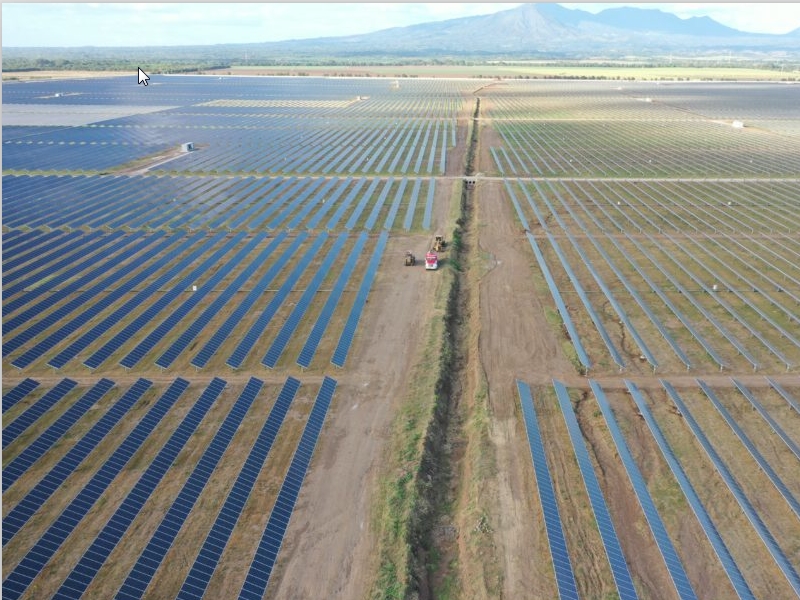
On the other hand, ground mounted solar arrays require fairly precise foundation setup, are more susceptible to theft/vandalism and excessive snow accumulation at the bottom of the array.
Next are top-of-pole mounts which are relatively easy to install (you sink a 2-6 inch diameter SCH40 steel pole up to 4-6 feet in the ground with concrete). Make sure that the pole is plumb and mount the solar modules and rack on top of the pole. Top-of-pole mounts reduce the risk of theft/vandalism (as compared to a ground mount). They are also a better choice for cold climates because snow slides off easily.
Side of pole mounts are easy to install, but are typically used for small numbers of solar modules (1-4) for remote lighting systems where there already is an existing pole to attach them to.
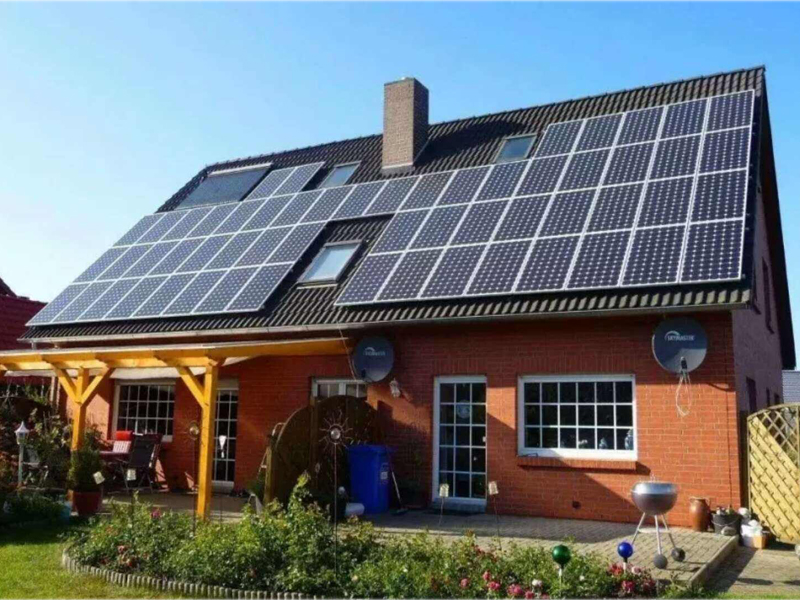
Last but not least are the trackers, which increase the daily number of full sun hours and are usually used for solar water pumping applications. Trackers are extremely effective in the summer time when water is needed the most. In the northern U.S., typical home energy usage peaks in the winter when a tracker mount makes very little difference as compared to any type of fixed mount (roof, ground or top-of-pole). In this situation, having more modules on a less expensive fixed mount will serve you better in the winter than fewer modules on a tracker. However, if you are in the southern U.S. and your energy usage peaks in the summer, then a tracker may be beneficial to match the time of your highest energy consumption with a tracking solar array's maximum energy output.

